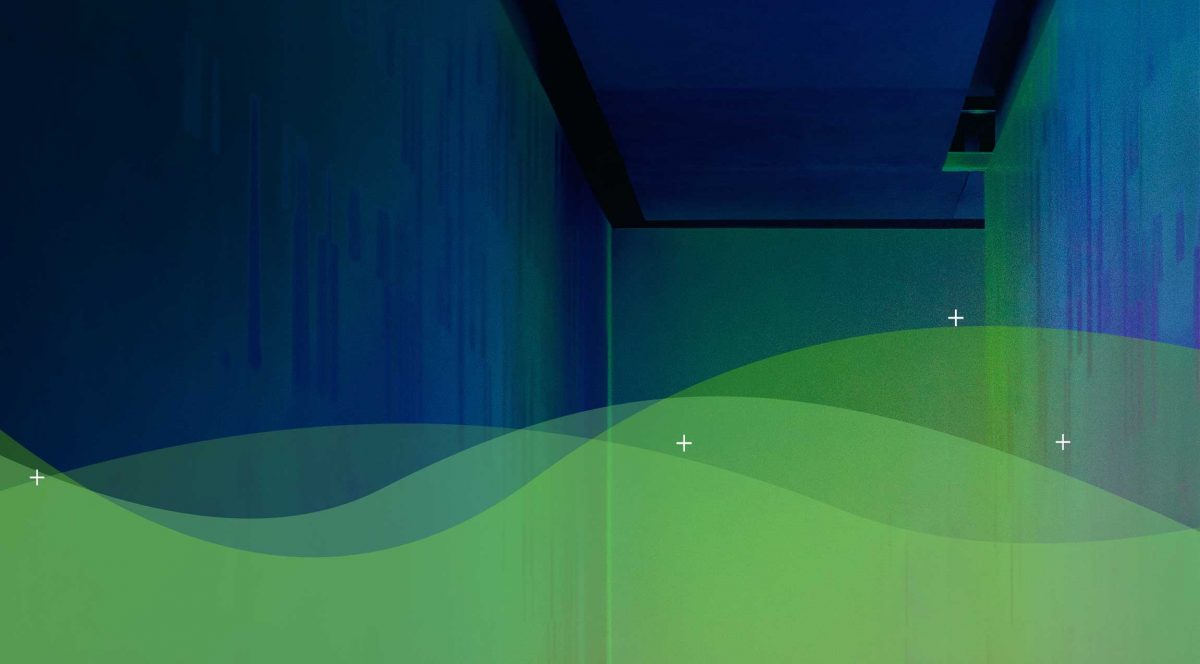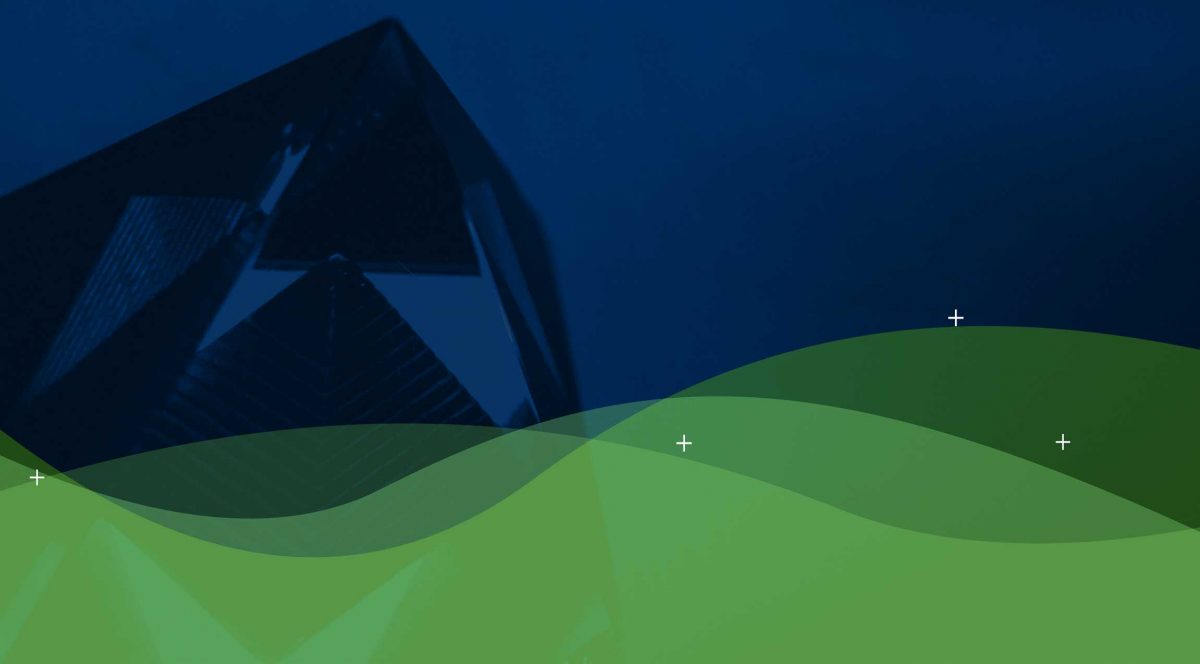The vForum recently took place at Luna Park in Sydney. While it can be said that the venue was appropriate considering this was the vForum’s 10th anniversary, it will be great when Sydney finally will have a proper convention centre again. Especially for the vendors outside the 2 days were interesting – with a thunderstorm passing through on Wed, 05/11; however general feedback was that they at least had space as opposed to those exhibiting in the Solutions Exchange area.
The three big VMware topics were:
– SDDC = software-defined data centre
– Hybrid Cloud
– End User Computing (with a big focus on VDI)
VMware confirmed/announced that vCloud Air will start (in Melbourne) next year, which is their cloud offering; with AWS and Azure that should make it a minimum of 3 big cloud providers in Australia in 2015. One differentiator may be that VMware works with partners and enables them to offer their version of vCloud Air locally (i.e. making this a local, Australian-owned cloud not subject to the infamous Patriot Act) – some of these local providers include Telstra and Optus.
On the storage side SDS (software-defined storage) featured well. Nexenta presented that they see themselves as the market leader in this space and they do have a good story (even including HPC case studies). Even EMC only talked about ViPR, ScaleIO and a bit about XtremIO (and no word about other hardware). PernixData use Flash and RAM only as a caching mechanism for their version of software-defined storage.
Apart from the usual suspects Pure Storage (all-flash) and Nimble (hybrid), SolidFire (all-flash) has now an Australian/APAC presence and had a booth at vForum. They offer a solid modular scale-out architecture, which got excellent marks from Gartner and they promise ~$3/GB, which brings them close to the price of high-performance regular disks – the words “spinning rust” were used frequently amongst those vendors.
SimpliVity, which is next to VCE and Nutanix another vendor of converged infrastructure is now also present in Australia. They promise more features than Nutanix – including a built-in storage gateway, so looks to be a very nice solution in the right environments.
Also interesting – VMware’s design of EVO:Rail and EVO:Rack – in a way their pre-defined (“converged”?) infrastructure design, which can be commissioned in less than 15 minutes with 100VMs or 250 virtual desktops per 4-node appliance (maximum of 4 appliances in V.1). Dell and Supermicro are the first 2 companies building these at the moment with HP and 5 others to follow soon with their versions. The speed of implementation made possible through VMware’s SDS solution: VSAN. EVO:Rack promises to be the same, but on the scale of a whole rack solution.
There were a lot of talk, sessions and vendors around NSX (virtual networking) and networks in general (Palo Alto, Barracuda, Arista and Juniper networks and others). Another strong focus was on VMware Horizon as a strong VDI competitor to Citrix.
Lots of sessions (including 2 VMware super sessions) over the 2 days with plenty of time to talk to exhibitors and explore what they see as the future of virtualisation.




